
Several Community Networks - the alternative last mile Internet connectivity or access models - like the one in Tumkur and another in Nepal. We need such examples for universal application.
Series II of CNX 2022 was held online on July 29th. The 2022 edition of CNX follows a Walking the Talk with several Community Networks and the people behind them across several countries. It is held in five series across five months on the 29th of each month. Series I, to look back to last month, had focused on two case stories, one a CN by Burmese Refugees in India, and another CN by the Meo Community in Nuh, Haryana.
This month, in Series II, we had the team behind a Community Owned Wireless (COW) Mesh in Tumkur, Karnataka and a Community Network in an Earthquake Refugee Colony from Khalte, Nepal.
The first case was presented by the community media activists T.B Dinesh, Shalini and the Janatsu team who is running a CN in Tumkur of Karnataka, India.
Tumkur is 70 kilometres from Bangalore city, but with an elevation of over 800m, the villages where the Janatsu Collective is helping run the community Network is a place where you’ll have to travel far to get coverage or even get an OTP. Like most of rural India, caste is an existing reality in these villages. here is an upper caste village and a lower caste one. Although the CNs have been set up in all the villages; Shafali from Janatsu tells us how caste and patriarchy are both starkly visible while setting up of these technologies. If one is not careful of the nuances, the injustices become deeper and more entrenched.

In Tumkur, the hills have small antennas that act as nodes that broadcast connectivity to the surrounding villages. It forms a mesh, called the COWMesh or the Community Owned Wireless Mesh. What makes COW Meshes special is that the ownership of these local communications does not leave the communities; it is community owned, and costs are also driven down.

At the heart of these networks are a small, card sized computer called the Raspberry Pi. The Pi embeds well with a mic and the recordings are communicated to one central place where there is a team of women who listens, edits, adds the acknowledgments and either makes it into a program or archives it.

There are Libre Routers, open source routers that does long hops giving wifi range to a local area network, forming part of the mesh network.

Dinesh explains how their network was a gamechanger during the COVID lockdown. It played a crucial role in online education for Tumkur which was at the margins of connectivity. TVs with Raspberry Pis were provided, enabling the teachers to provide lessons to the community. Teachers were unofficially coming to the community space and teaching classes.
All it needs is someone with slight technical skills to manage it. Dinesh mentions how, initially when the community radio was set up, there were many young girls who were enthusiastic but had hesitant parents who were not that keen. This has changed after people grew used to the things on radio. This makes the CNs a possibility for these women to go beyond their homes and schools, and fight early marriages, alcoholism and other social issues. Destroying social constructs, people are surprised how the girls from their village are able to speak or sing like they do on the network.

After the network, they realised the logical next step forward was to provide internet through the mesh- without it being school-based, government-based, or startup-based, but rather a community owned activity. Local content was created by the local community, especially women, and there was a lot of acceptance.


In 2015, a 7.8 Magnitude earthquake had hit Nepal, with fatalities close to 9000 and displacement of thousands more.

One of the the several resettlement colonies is near Khalte, a village in Uttar Gaya which is on the route to the China-Nepal border. At an altitude slightly lesser than Kathmandu's, and laying 115 kilometers away from the capital, the refugees have almost made their temporary resettlement permanent. However, with houses made of tin, it is neither easy to stay during harsh climates, nor is it easy to get connectivity given both the altitude and the frequent flood risk during rains.

This is where Bikram Shreshta comes in, from the Nepal Internet Foundation. Having already worked with several CNs in Nepal, Bikram has set up one such community network in the settlement in Khalte as well.

Khalte has a population of more than 600 people. The population is mostly Tamangs, an indegenous community. They now stay on government land and have no land rights per se.

Each router part of the network here connects around 60 people. Students use it for education, and there are also trainings held for women empowerment. Handicrafts were promoted using the internet. Other occupations of the people here are mostly agriculture, and then those travelling to cities for construction work. For them, the internet has come to crucial use to stay in touch with their families.

Before the CN, people used 3G and 2G networks, which were both costly and lacked good coverage. Technical support is being provided from the foundation in Kathmandu. They help out in case of technical issues, malfunction and for monitoring.
Another important highlight from the discussion, as Isha Suri from Centre for Internet and Society mentioned was how the tangible impact of the work that is being done now is not something that is going to happen next year, but it will rather create a better world for the generation growing up- they will be more aware about climate change, displacement, land rights.
And this is one of the key takeaways of the Series II of CNX. There cannot be a one-size-fits-all approach to community networks, which makes the different narratives from the ground very important in understanding local challenges, while still negotiating the need for some consistency in policy while scaling up the Community Networks. We will return on August 29th for Series III of CNX 2022, with two more cases from the ground. Till then, follow us on cnxpac.org for reports, videos and other updates on Community Network Exchange.
To end with, as DEF founder-director Osama Manzar says:
In other news
These two short infographics from our friends at the Digital Futures Lab highlights issues on how farmers were sidelined in technological solutions, and automation and privacy issues in the health sector:
If you had followed our previous coverage on the NREGA and RTI movements, here are some updates from the ChaloDilli March for reviving NREGA:
TRT charts out hate speech flagged on facebook:
And more updates from government requests for censoring content on twitter:
The Telecom Regulatory Authority of India has sought comments on embedded SIMs for M2M communications, with a deadline of 22nd of August.

A senior journalist responds on the centre’s attempt to push through the modified Press Registration Bill:
.jpeg)
Updates from DEF
DEF is one of the partners of a Financial Education and Counselling Team formed across Assam:
We co-conducted a Digital literacy training program in Yalgud, Maharashtra, working with local jewellery making artisans:
Samar shares his experiences from the SmartPur project:
Aadhar camps conducted in Assam as part of Internet Roshni project:
Until we meet again next week, we hope everyone stays safe from the rising cases of the pandemic.
8



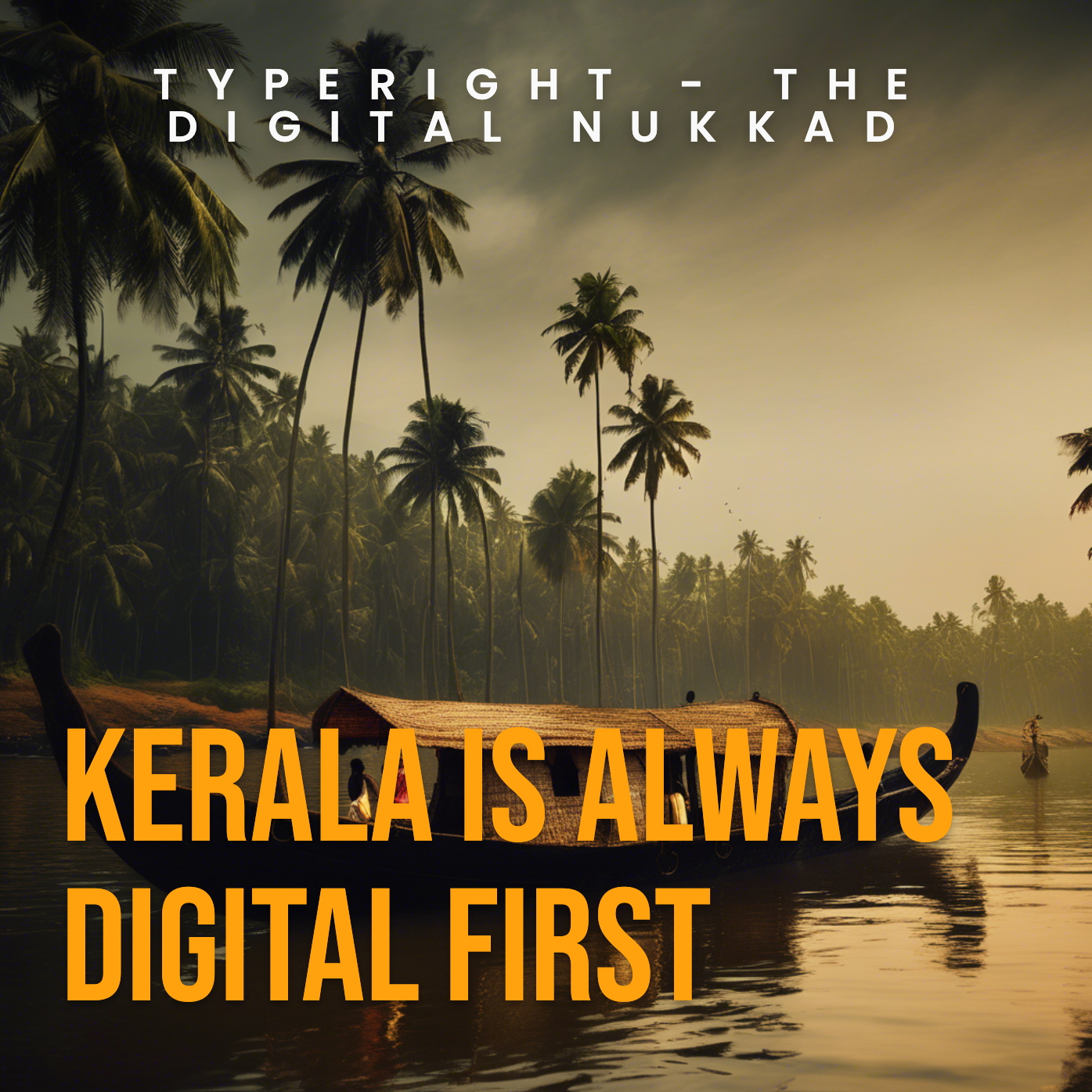
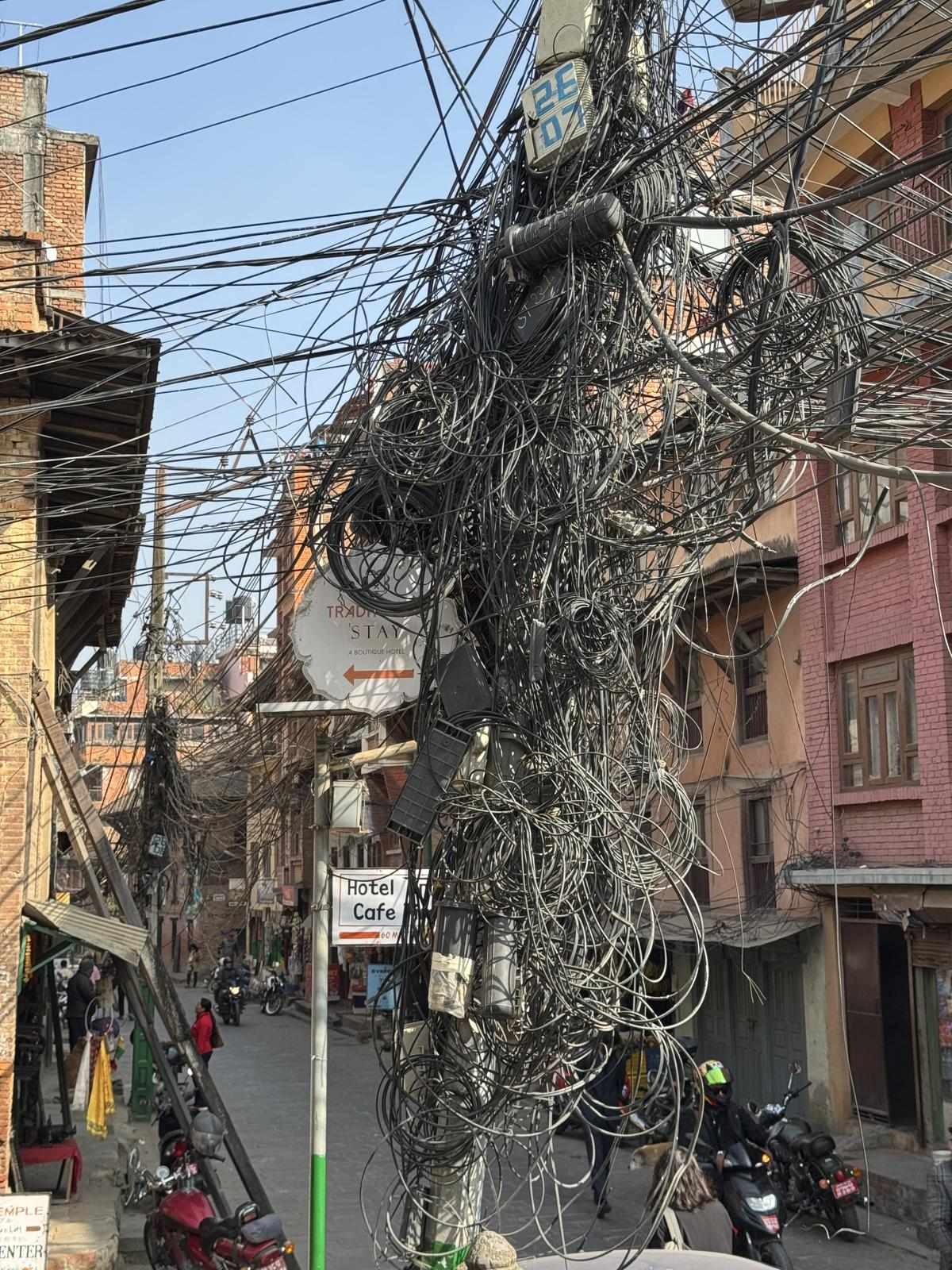
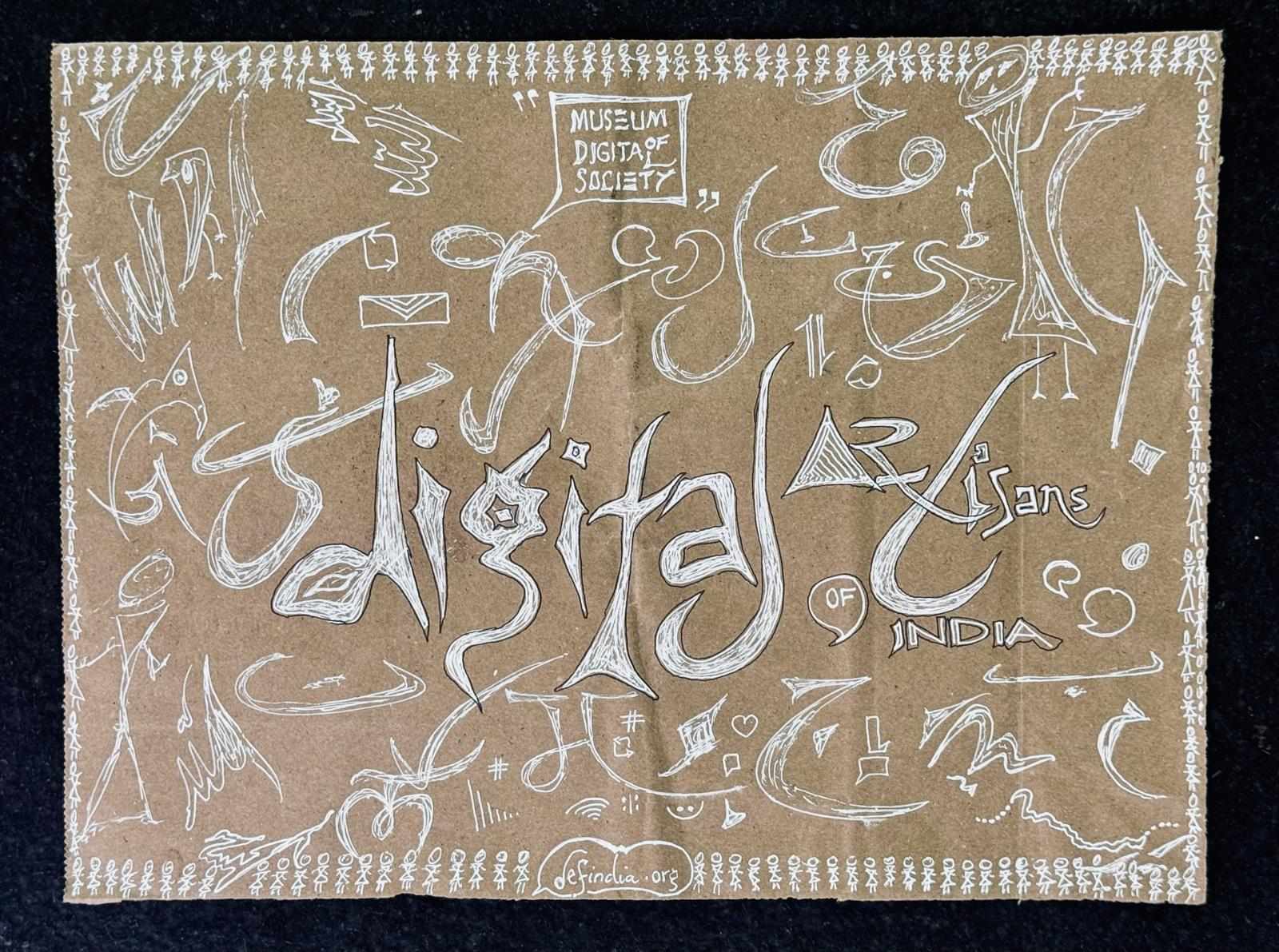
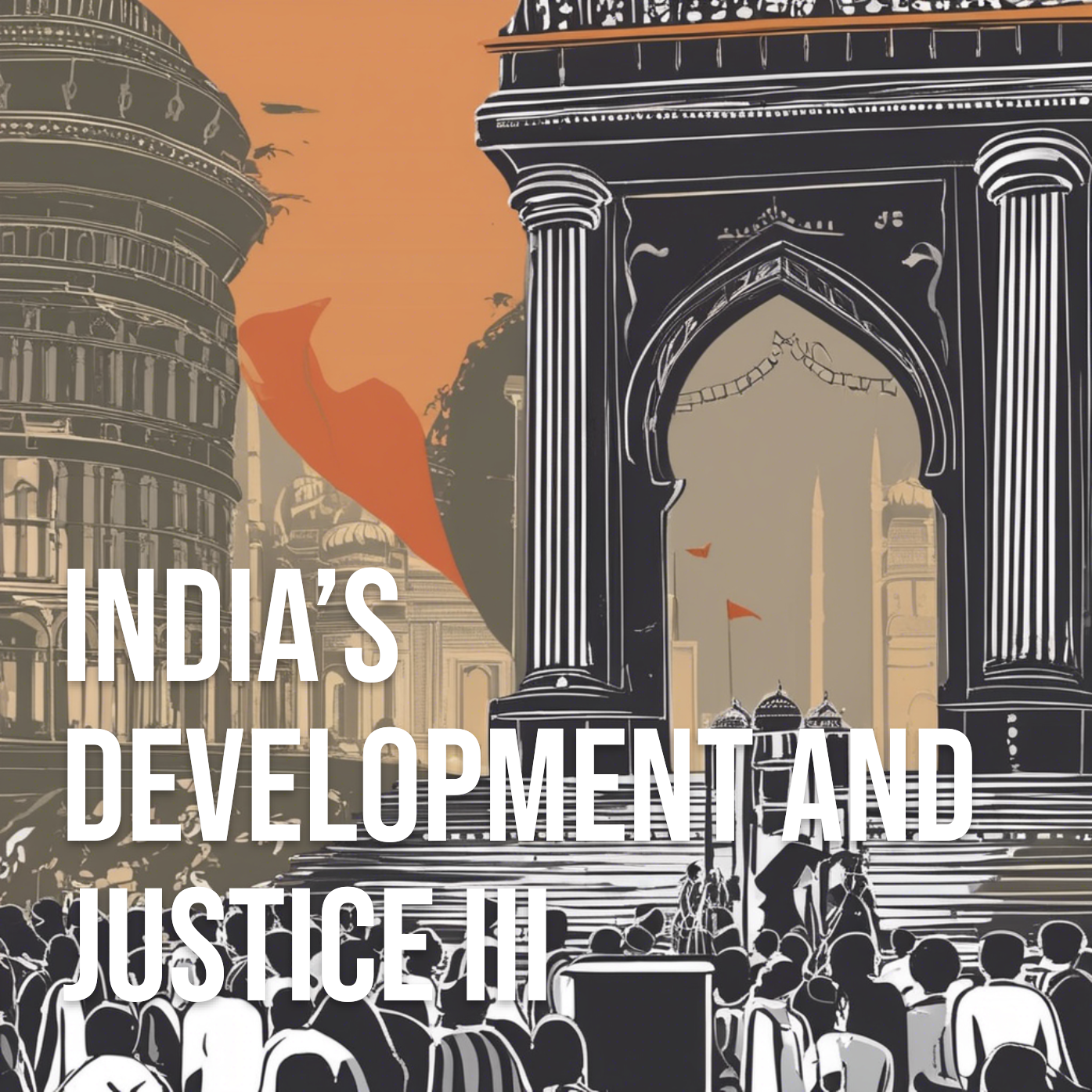
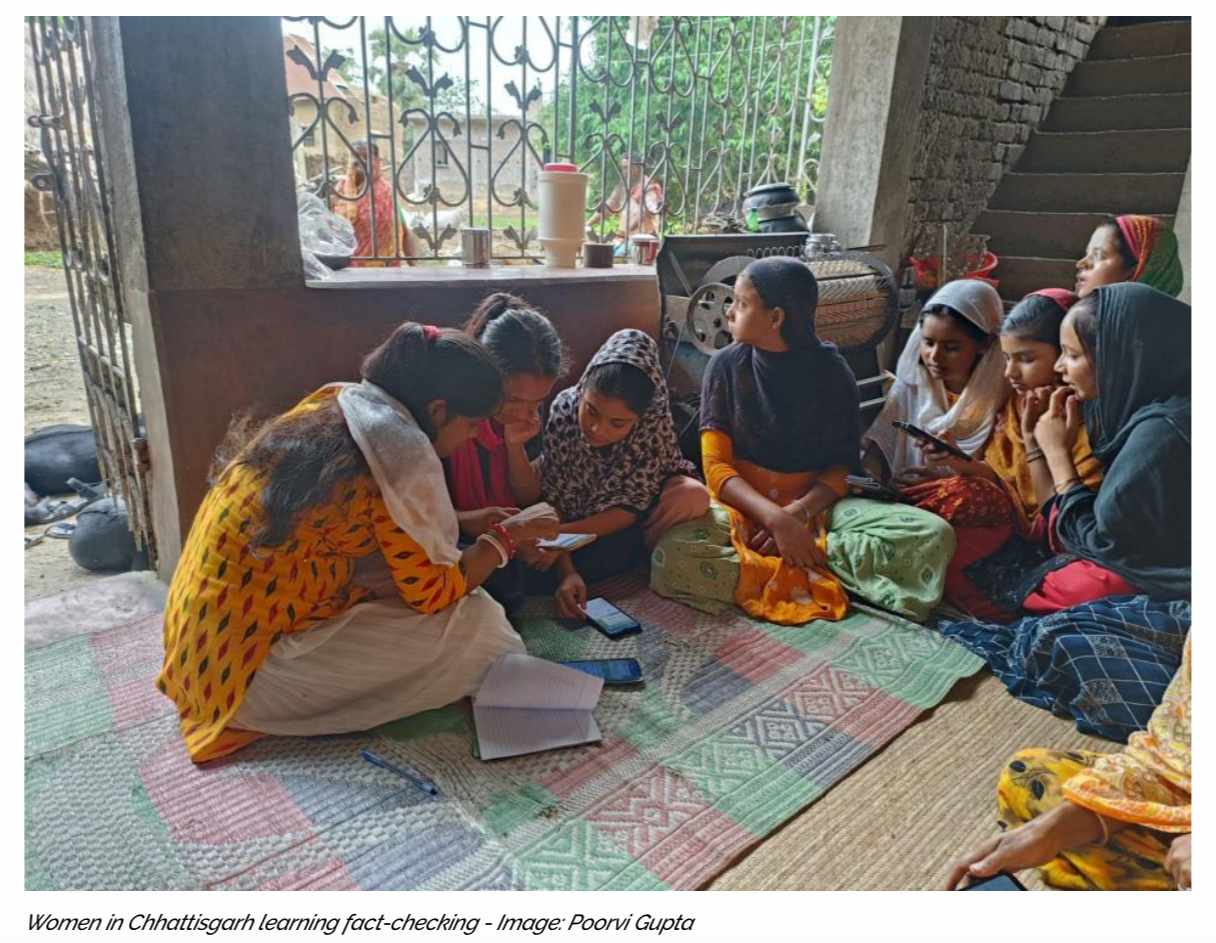
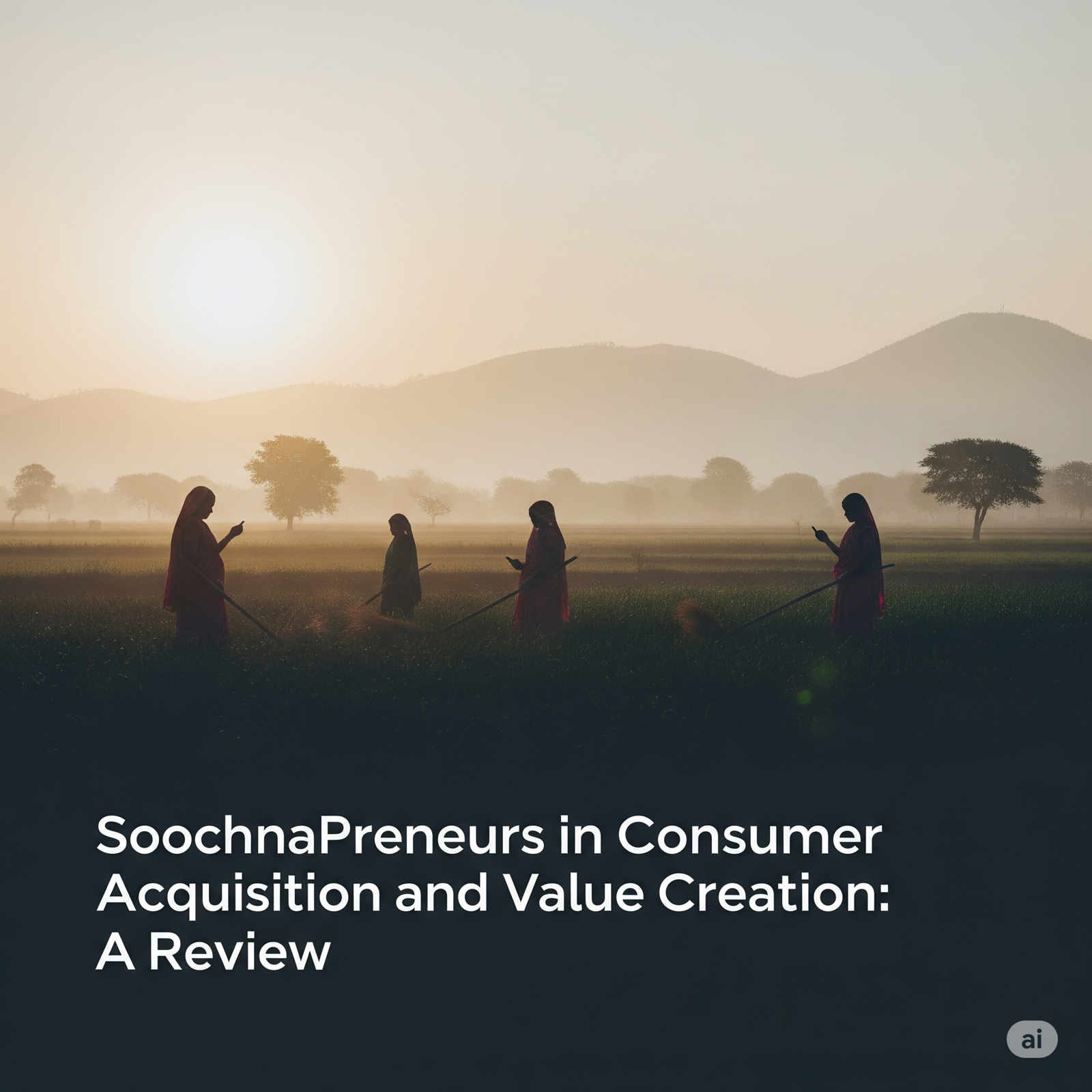

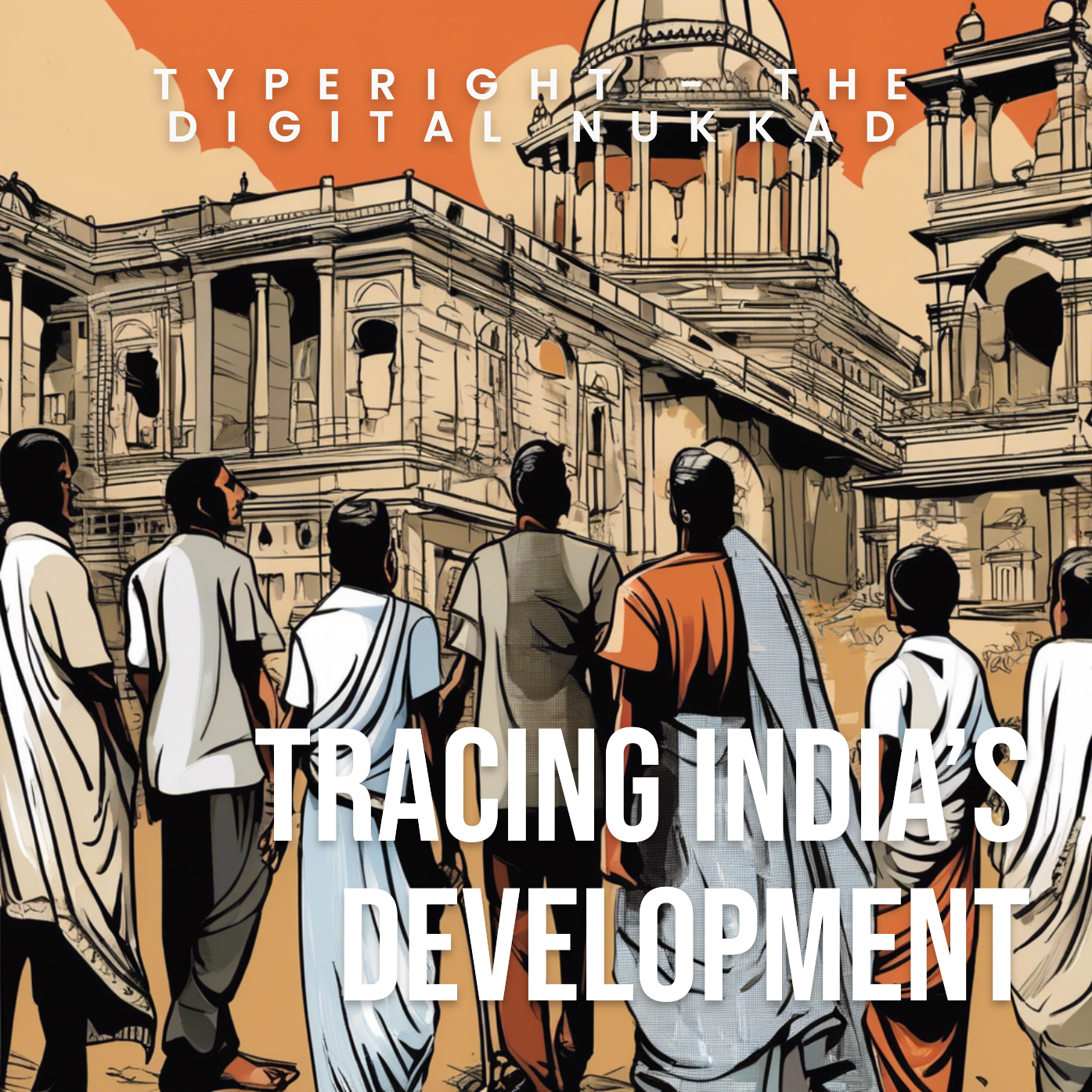









 might be?](https://sk0.blr1.cdn.digitaloceanspaces.com/sites/1394/posts/714526/dbc8de4c-5c50-411f-aba0-55cfb74a692d.jpeg)

Write a comment ...